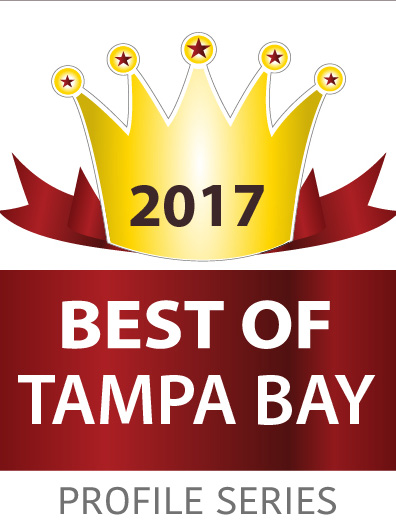Making the Most of Staff Meetings

Before you figure out how to improve the quality of your staff meetings, it’s important to review, at a very basic level, what meetings serve to accomplish. For starters, they help employees see themselves as valued members of a group. Assuming everyone involved is treated with respect, group membership can build self-esteem in your workers. Meetings also bind them to the larger organization.
Here are some additional functions and purposes of regular meetings:
- To update and add to the group’s knowledge which not only helps members on an individual basis, but accelerates communication among all team members, improving the overall productivity of the group,
- To improve (or reject) ideas and initiatives that are under consideration, through group discussion,
- To bind group members to a group decision. Even those who oppose a decision may be able to get behind it if they value the team-based decision-making process,
- To facilitate and strengthen the group leader’s ability to earn the respect of group members, and
- To give the leader the opportunity to assess what individual group members can contribute, which helps leaders evaluate employee performance.
As you plan your next meeting it makes sense to evaluate the agenda in terms of these functions and purposes, for maximum effectiveness.
Meeting Checklist
Given the importance of those purposes, and the value of employees’ time, you will want to make the most of staff meetings. The following tips are offered by management consultants, seasoned executives and meeting experts:
Set an agenda. Even if you have a meeting every week, there will always be important topics to cover. Solicit agenda suggestions from group members, and distribute the agenda a day or so prior to the meeting so that members can come prepared.
Focus on discussable topics. If the meeting only consists of a series of announcements, those can be communicated by other means. Pick agenda items that lead to two-way communication.
Start on time. Beginning promptly shows you respect people’s time and encourages punctuality. One employer “punishes” late arrivals by requiring them to sing a song as a gentle but firm reminder that punctuality matters.
Give assignments. Depending on the agenda, it’s usually a good idea to ask one or more team members to address a topic and lead a discussion. Doing so gives others a chance to play a key role, and relieves the regular team leader of the burden of running the entire show every time.
Start on a positive note. Staff meetings can quickly become unproductive gripe sessions. You may be able to set the tone for a more constructive discussion of your agenda items by leading off with some good news, or highlighting an organizational or individual accomplishment.
Clear the air. After a positive start, if there’s an “elephant in the room” (such as a recent significant staff change, bad sales report or some other company setback) say whatever needs to be said to acknowledge it and, if appropriate, discuss it.
Following this format should get the meeting off to a productive start with a good tone. If time permits and it’s appropriate, schedule some flexibility into the meeting time to clear up loose ends.
Here are some points to consider while planning the meeting:
Leave question and answer (Q&A) time. A chief executive officer profiled in Fast Company magazine designates the last 10 minutes of scheduled meetings as Q&A time. Attendees may initially be reluctant to ask questions. When no questions are forthcoming, instead of ending early, the meeting continues until its scheduled closing. After a period of awkward silence, employees inevitably overcome their reticence and a fruitful dialog ensues.
Establish a “no rehash” rule. Another company profiled by Fast Company issues ping-pong paddles to meeting attendees. If an attendee begins to bring up previously discussed and settled topic, meeting attendees are expected to raise their paddles to signal it’s time to move on to the next topic.
Choose attendee list with care. While most employees belong at one meeting or another, be careful not to invite employees to meetings unless they can contribute new knowledge or benefit from what is conveyed at the meeting.
Keep meeting size manageable. Being selective with the attendee roster helps to keep meetings small enough that group discussion won’t get out of control and needlessly prolong the meeting. Because you generally want to encourage discussion, sometimes it’s necessary to hold more than one meeting with the same agenda. That makes it easier to allow sufficient discussion time, while keeping the meeting within a reasonable allotted time.
Plan to conclude with action items. Not every agenda item will require follow-up action, but many will. Be sure that those which do require action are identified and assigned to appropriate meeting attendees to carry out.
Other meeting tips may be more a matter of individual taste. For example, some pundits recommend standing meetings — literally. That is, nobody sits down. The theory is this will keep meetings from running too long. Or, a modified version of that concept is to require everyone to stand at the moment the meeting was scheduled to end, to call attention to the fact that it’s running over.
Another suggestion is that you feel free to cancel a regular meeting if you’re not confident everyone’s time will be well spent. Whether that’s a good idea may depend on your ability to predict what kind of discussions will grow out of the agenda. But in any case, some meetings will be more stimulating and productive than others. The key is to recognize the important role that meetings can play, and do your best to help them reach their potential.




